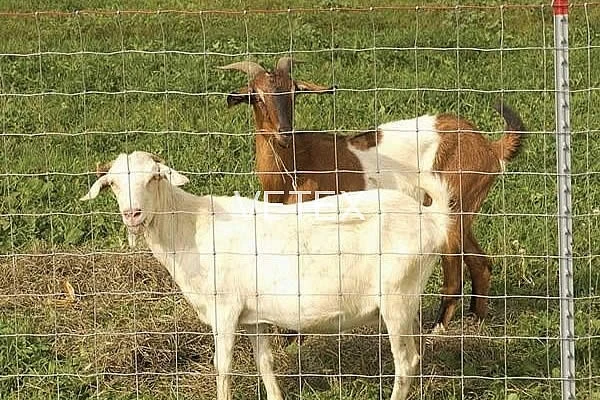 TEL:
+86-13102802206
TEL:
+86-13102802206
 Email:
fencenetting@china.com
Email:
fencenetting@china.com
 Language
Language
 TEL:
+86-13102802206
TEL:
+86-13102802206
 Email:
fencenetting@china.com
Email:
fencenetting@china.com
 Language
Language


The Versatility and Applications of Wire Netting
Wire netting, often referred to as wire mesh or wire screening, is a versatile and widely used material composed of interconnected wires that form a grid-like structure. Its durability and flexibility make it an indispensable element across various industries, ranging from construction and agriculture to automotive and decorative applications. This article explores the numerous benefits and diverse applications of wire netting, highlighting its significance in modern manufacturing and construction.
Structure and Types of Wire Netting
Wire netting can be made from several materials, including stainless steel, galvanized steel, aluminum, and plastic-coated wire. The choice of material depends on the intended application, with stainless steel commonly favored for its corrosion resistance and long lifespan. Wire nettings come in various mesh sizes and wire gauges, allowing users to select the appropriate type for their specific needs.
The different types of wire netting include welded wire mesh, woven wire mesh, and hexagonal wire netting. Welded wire mesh is created by welding the intersecting wires at each junction, providing a strong and rigid structure suitable for concrete reinforcement and fencing. Woven wire mesh, on the other hand, is crafted by weaving wires in a grid pattern, offering a more flexible design ideal for sieving and filtration applications. Hexagonal wire netting, commonly used for agricultural purposes, has a distinctive hexagonal shape and is frequently utilized for chicken coops, garden fencing, and erosion control.
Benefits of Wire Netting
One of the primary advantages of wire netting is its strength and durability. The interconnections between the wires provide not only structural integrity but also resistance to deformation and impact. As a result, wire netting can withstand harsh environmental conditions, making it suitable for outdoor applications such as fencing and animal enclosures.
Additionally, wire netting is relatively lightweight, which facilitates easy installation. The flexibility of wire netting allows for a wide range of shapes and configurations, making it adaptable to various architectural designs. Moreover, its open structure allows for ventilation and visibility while providing a protective barrier.
Another significant benefit of wire netting is its cost-effectiveness. With low production costs and minimal maintenance requirements, wire netting serves as an economical solution for many applications. Its longevity and resistance to wear and tear further enhance its value, as replacements are infrequently needed.

Applications of Wire Netting
1. Construction and Reinforcement Wire netting plays a crucial role in the construction industry, particularly in reinforcing concrete slabs, walls, and floors. It provides additional tensile strength, helping to prevent cracking and improving the overall durability of structures.
2. Fencing Solutions Wire netting is extensively used for fencing applications in residential, industrial, and agricultural settings. Its ability to form secure barriers makes it ideal for keeping livestock in place and deterring intruders.
3. Agricultural Use Beyond fencing, wire netting is often utilized in various agricultural applications, such as insect protection, garden trellises, and even as a substrate for climbing plants. Its hexagonal variant is popular for crafting chicken coops and protecting crops.
4. Architectural and Decorative Purposes Wire netting is also an aesthetic choice in modern architecture. It can be used to create intricate facades, privacy screens, and decorative panels. Its transparent properties allow for unique design possibilities while maintaining functionality.
5. Filtration and Separation In industrial settings, wire netting is employed for filtration and separation processes, including sorting materials and controlling the flow of liquids and gases. Its customizable mesh sizes enhance its versatility for various applications.
6. Safety Barriers Wire netting is frequently used as safety barriers in construction sites, manufacturing plants, and other environments requiring protection from falling objects or unauthorized access.
Conclusion
Wire netting is a testament to the remarkable intersection of functionality and adaptability in material design. Its diverse applications, ranging from construction and agriculture to decorative elements, underscored by its durability, ease of installation, and cost-effectiveness, make it a vital component in numerous industries. As technology advances and innovative uses continue to emerge, wire netting remains an essential material that meets the diverse demands of modern society. Whether providing safety, enhancing aesthetics, or serving practical purposes, wire netting is undoubtedly a versatile solution for a wide array of challenges.